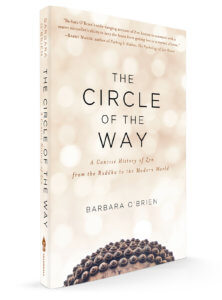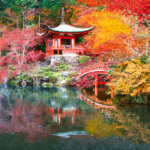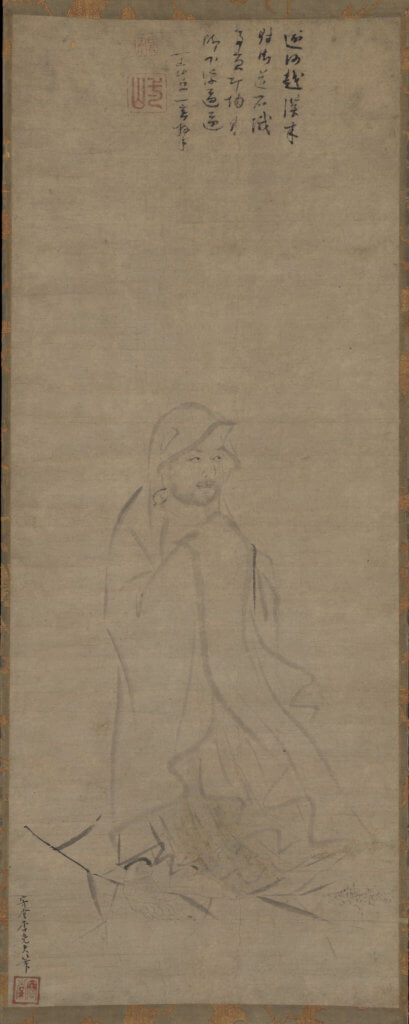
There have been surprisingly few clear introductions to the full range of the East Asian tradition of what is popularly commonly referred to, in its Japanese variant, as Zen Buddhism but also known as Chan, Soen, and Tien in original Chinese, Korean, and Vietnamese. All these names stem from the Sanskrit word jhana or dhyana which was rendered as Chan, but all share a fundamental set of practices and views, though with a stunning variety of creativity and approaches.
In The Circle of the Way: A Concise History of Zen from the Buddha to the Modern World by Barbara O'Brien, we now have a clear map of these traditions and variants and a basic guide to a literacy of this set of traditions. In this work you will find discussions of many works and figures. But choosing where to explore more can be a bit bewildering. Shambhala Publications alone has over 210 works on these traditions.

The historical arc, as presenting in O'Brien's book, is as follows:
Zen history as described in Zen centers and monasteries follows an established trajectory. The story begins with the life of the Buddha and then moves on to the development of Mahayana Buddhism, the major tradition of which Zen is a part. This is followed by the story of the Six Patriarchs, the founders of Zen in China.
After the Six Patriarchs period comes Tang dynasty Zen, sometimes called the Golden Age of Zen. Here we meet the great masters remembered in the enigmatic koans that Zen is famous for. Zen is transmitted to Korea and Vietnam. As we approach the end of the first millennium c.e., we see the emergence of the schools of Zen that exist today. Zen takes root in Japan and flourishes. And, finally, we reach the modern era and the establishment of Zen outside Asia.
Using this Reader's Guide
In the following pages you will discover an amazing array of books written and translated by some of the most knowledgeable people about Chan and Zen Buddhism on the planet. Prolific writers and translators that appear repeatedly in the pages that follow include Kaz Tanahashi, Master Sheng Yen, William Scott Wilson, Katagiri Roshi, Norman Waddell, John Stevens, and J.C. Cleary.
But by far the greatest debt we owe to the availability of the classics of Chan and Zen is to Thomas Cleary who is responsible for translating more books in this area than anyone. His life has been immersed in the linguistic and cultural worlds of China and Japan–and beyond–and that dedication has let to the highly accurate, nuanced, and magnificent translations he has done. His output, which continues, is simply incredible, and is partly captured in two of his sets of Collected works, Classics of Buddhism and Zen, and The Taoist Classics, but these only include a small subset of the works he has translated.
In Tricycle's review of the magisterial Flower Ornament Scripture, Robert Thurman said of him:
There is no doubt in my mind that Thomas Cleary is the greatest translator of Buddhist texts from Chinese or Japanese into English of our generation, and that he will be so known by grateful Buddhist practitioners and scholars in future centuries. Single-handedly he has gone a long way toward building the beginnings of a Buddhist canon in English.
We at Shambhala Publications are full of appreciation to this band of intrepid teachers, writers, and translators for guiding us on the path. We hope you enjoy what is in store for you in this series of guides that follow.
Note: While the historicity of some of the texts and figures presented have been lost to the fog of time and questioned by scholars, for the most part these will be presented in this series of articles as they are through received tradition. More detail will be found in The Circle of the Way and in many of the works covered here.
Continue to Next Article: The Works of Chan & Zen Patriarchs >
Explore the Reader Guides to Zen Buddhism
Overview
> Zen Buddhism: A Reader's Guide to the Great Works
Chan in China
- The Works of the Chan and Zen Patriarchs
- The Works of Zen in the Tang Dynasty (618-907)
- The Works of Zen in the Song Dynasty (960 - 1279)
- The Great Koan Collections
Zen in Korea
Zen in Japan
- Early Zen in Japan
- Dogen: A Guide to His Works
- Rinzai Zen
- Hakuin Ekaku: A Reader's Guide
- The Samurai and Zen
- Zen in Japan up to the Meiji Restoration
Additional Resources
- The Heart Sutra: A Reader’s Guide
- Zen in the Modern World (Coming Soon)
- Foundational Sutras and Texts of Zen (Coming Soon)
- Zen and Tea
Hear a description of this Zen/Chan work from the Metropolitan Museum of Art:


